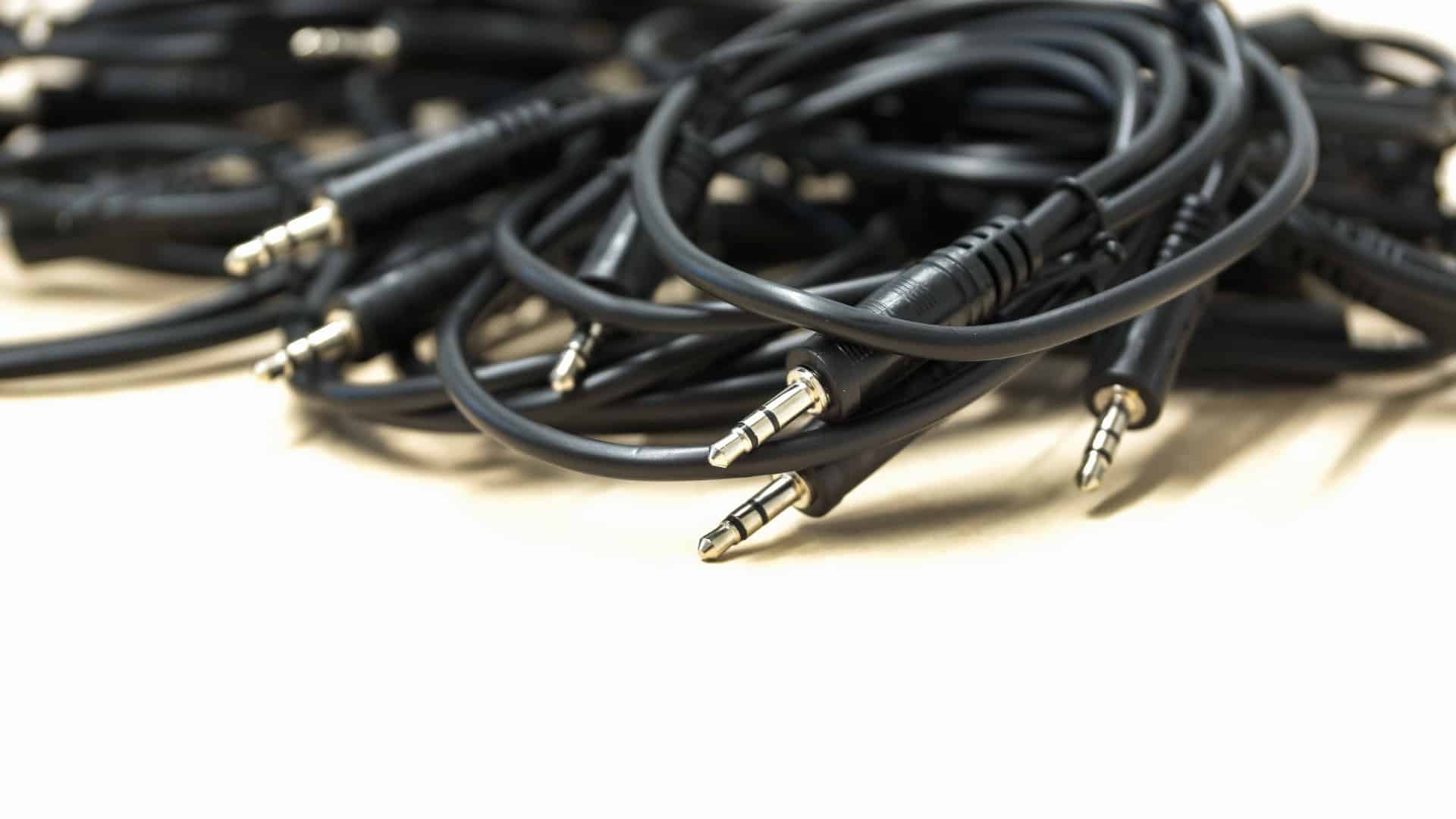The EU Battery Regulation 2023/1542 is not a future problem—it’s an immediate business risk. Deadlines are active, and non-compliance will halt market access.
For Quick Readers
- The EU Battery Regulation (2023/1542) is now in effect, and power tool makers must act immediately to meet rolling deadlines for CE marking, due diligence, and labeling.
- By February 18, 2027, portable batteries in tools must be user-replaceable, and a Digital Battery Passport will be mandatory for industrial batteries over 2 kWh.
- Non-compliance carries severe risks, including heavy fines and a complete ban on selling products in the EU market, making proactive compliance essential.
Master EU Battery Compliance for Power Tools Before 2027
The European Union has fundamentally changed the battery market with Regulation (EU) 2023/1542, which became applicable on February 18, 2024. For power tool makers, this isn’t a minor update; it’s a complete overhaul of compliance obligations. The law covers the entire battery lifecycle, from sourcing raw materials to end-of-life recycling, affecting every portable and industrial battery used in your products. The transition period is short, with key requirements like CE marking, which has been in force since August 2024. Understanding and implementing these changes is critical to maintaining your access to the 27-nation EU market. This article provides a clear action plan for navigating these new battery compliance solutions.
The new EU Battery Regulation (EU) 2023/1542 replaces the previous 2006 directive with a much stricter framework. It applies to all batteries sold in the EU, including those integrated into power tools. The regulation has been in force since February 18, 2024, and introduces a series of cascading deadlines over the next 36 months. For manufacturers, the most critical phase is happening now, as the first major obligations have already passed.
Ignoring these dates is not an option, as each one triggers new legal duties. For example, conformity assessments and CE marking have been mandatory since August 18, 2024. This means any battery placed on the market without it is already non-compliant. The regulation aims to create a circular economy, holding producers responsible for the entire product lifecycle. This shift requires a proactive strategy, not a reactive one.
Here is a timeline of key milestones you must prepare for:
- August 18, 2025: Producer responsibility rules for waste management become fully active.
- February 18, 2027: The Digital Battery Passport is mandatory for industrial batteries over 2 kWh.
- February 18, 2027: Portable batteries in tools must be user-replaceable.
- August 18, 2028: Minimum recycled content documentation becomes a requirement.
These dates demand immediate preparation across your supply chain and product design teams. The next sections detail the specific actions you need to take to secure your European battery directive compliance.
Decode the EU Battery Regulation: Deadlines You Cannot Miss
Under the new regulation, battery labeling has become far more complex than the old crossed-out wheelie bin symbol. As of August 2024, all batteries require CE marking to certify they meet EU safety and environmental standards. This serves as a formal declaration of conformity, and products without it will be rejected at the border. The label must also contain at least 15 distinct data points, including capacity, manufacturer details, and chemical composition.
A major innovation is the mandatory QR code, which must be printed or engraved on every battery. This code links to the product’s Digital Battery Passport (DBP), a comprehensive electronic record of the battery’s history. The DBP must be live by February 18, 2027, for all industrial batteries over 2 kWh. It provides transparency on everything from raw material origins to carbon footprint and recycling information.
Implementing this requires a robust data management system to track hundreds of variables for each battery batch. This passport makes every battery uniquely traceable, a key part of the EU’s plan to enforce accountability. For help with the technical requirements, explore solutions for how to label batteries correctly from day one.
Achieve Compliance Through New Labeling and the Digital Passport
Starting August 18, 2025, a significant new obligation takes effect for larger economic operators. Companies with a net turnover of €40 million or more must implement formal supply chain due diligence policies. This rule targets the sourcing of raw materials like lithium, cobalt, nickel, and natural graphite. You must actively identify, prevent, and address social and environmental risks in your supply chain, including human rights issues and pollution.
This is not a simple paperwork exercise; it requires a complete risk management system. Your policy must be independently verified by a third party and made public. Failure to comply can lead to severe penalties, including the restriction or prohibition of your products on the EU market. This requirement extends deep into your procurement processes, affecting suppliers many tiers down the chain.
Your due diligence process must include these steps:
- Adopt a formal company policy for responsible raw material sourcing.
- Establish management systems to ensure traceability and risk monitoring.
- Identify and assess upstream risks in your supply chain.
- Implement a strategy to respond to and mitigate identified risks.
- Arrange for third-party audits of your due diligence activities.
- Publicly report on your due diligence policies and actions annually.
This new responsibility makes EPR compliance solutions more critical than ever for maintaining market access.
Implement Mandatory Supply Chain Due Diligence
The regulation directly impacts the physical design of power tools and other appliances. By February 18, 2027, portable batteries must be readily removable and replaceable by the end-user. This means consumers must be able to swap out a battery using commercially available tools, without needing specialized equipment or professional assistance. The goal is to extend product lifespans and simplify recycling.
This requirement challenges product designers who have favored integrated batteries for years. Manufacturers must now provide clear instructions and safety information on how to perform the replacement. This rule applies to any product containing a portable battery, fundamentally altering design-for-manufacturing principles. For many power tool makers, this will require a complete redesign of product lines that currently seal the battery within the device housing.
Furthermore, batteries for light means of transport (LMT), which can include some commercial-grade mobile equipment, must be replaceable by an independent professional. These design mandates are part of the EU’s broader ecodesign strategy, pushing manufacturers toward more sustainable and repairable products. This is a core part of the industrial battery registration process, as designs must be compliant.
Meet New Design and Removability Requirements
Extended Producer Responsibility (EPR) is a central pillar of the new regulation, with stricter rules taking effect on August 18, 2025. As a manufacturer, you are financially and logistically responsible for the collection, treatment, and recycling of your batteries once they become waste. This includes setting up and financing take-back schemes for consumers and professional users to return used batteries free of charge.
The EU has set ambitious collection targets to ensure these programs are effective. For portable batteries, producers must achieve a collection rate of 63% by the end of 2027 and 73% by the end of 2030. Specific targets are also in place for other battery types, like those from industrial tools. Meeting these percentages requires a widespread and efficient collection network across all EU member states where you sell products.
The regulation also mandates minimum levels for material recovery from recycling processes. By 2031, recycled batteries must yield 85% of their lead, 16% of their cobalt, 6% of their lithium, and 6% of their nickel. This ensures that valuable materials are returned to the supply chain. Managing these complex reporting and battery recycling solutions is a significant administrative burden that requires expert support.
Fulfill Your End-of-Life Obligations: Take-Back and Recycling
The consequences of failing to comply with the EU Battery Regulation are severe and designed to be dissuasive. Each of the 27 EU member states will define its own specific penalties, but they are mandated to be effective and proportionate. These are not just small fines; they include the power to restrict or completely prohibit the sale of your products across the entire EU market. This represents a direct threat to your revenue and market share.
Beyond financial penalties, non-compliant companies face public scrutiny and brand damage. The Digital Battery Passport and due diligence reports make transparency a key feature of the market. Any company found to be cutting corners on environmental or social standards will be quickly exposed. A single compliance failure in one country can trigger a cascade of enforcement actions across the Union.
The time for a ‘wait-and-see’ approach is over. The regulation is already law, and the first deadlines have passed. Proactive engagement with these rules is the only way to guarantee uninterrupted market access. You must take action now to avoid costly disruptions. For a seamless transition, it is essential to find a solution for industrial battery take-back and other compliance needs immediately.
Act Now: The High Cost of Non-Compliance
Navigating the complexities of the EU Battery Regulation requires specialized knowledge and a robust operational framework. Deutsche Recycling offers comprehensive battery compliance solutions for power tool makers, ensuring you meet every obligation without diverting focus from your core business. We handle the entire process, from registration and reporting to managing take-back and recycling logistics across all 27 EU member states.
Our team of experts stays ahead of the shifting regulatory landscape, managing all necessary documentation, including the Digital Battery Passport and due diligence reporting. We provide a single point of contact to streamline your compliance efforts, guaranteeing 100% legal conformity. By partnering with us, you eliminate the risk of fines, sales prohibitions, and administrative overload. We ensure your products remain fully compliant and your market access is secure.
The deadlines are no longer distant—they are here. If you have not yet taken action to comply with the new EU Battery Regulation, the time to act is now. Contact Deutsche Recycling today for an individual consultation. We will help you implement the necessary measures quickly and efficiently, ensuring your business is protected and compliant. Don’t wait for a notice of non-compliance; secure your business’s future in the EU market now.
Your Immediate Path to Full Compliance with Deutsche Recycling
FAQ
What is the first step I should take to comply with the new EU Battery Regulation?
The first step is to conduct a full audit of your products and supply chain to understand your specific obligations under Regulation (EU) 2023/1542. You must ensure all batteries have the proper CE marking, which has been required since August 2024. Contacting an expert compliance partner like Deutsche Recycling is critical to navigate the complexities immediately.
Do these rules apply to B2B power tools as well as consumer models?
Yes, the regulation covers all battery types, including portable batteries (often in consumer tools) and industrial batteries (used in professional-grade equipment). The specific obligations, such as the Digital Battery Passport threshold (>2 kWh), may differ, but the core principles of due diligence, labeling, and producer responsibility apply to both B2B and B2C products.
Our company has a turnover of less than €40 million. Do we still need to worry about due diligence?
While the mandatory, independently-audited due diligence policy applies to companies with a net turnover of €40 million or more, all economic operators are encouraged to adopt responsible sourcing practices. Furthermore, your larger customers who are subject to the rule will require you to provide supply chain data, making it a de facto requirement for participating in the market.
What does ‘readily removable and replaceable’ mean for my product design?
It means an end-user, without professional expertise, must be able to replace the battery using commercially available tools (like standard screwdrivers) or no tools at all. You must also provide clear instructions. If your batteries are currently sealed or require proprietary tools to access, you will need to redesign your products before the February 18, 2027, deadline.
How can Deutsche Recycling help my company comply?
Deutsche Recycling acts as your comprehensive compliance partner. We manage all aspects of the EU Battery Regulation on your behalf, including registration in all 27 EU countries, handling all reporting duties, managing the Digital Battery Passport data, and organizing legally compliant take-back and recycling systems. This ensures you are 100% compliant without draining your internal resources.
Is compliance managed at the EU level or per country?
While the regulation is an EU-wide law, enforcement and producer registration are managed at the national level in each of the 27 member states. This means you must register and report in every single EU country where you sell your products. A service provider can handle this complex, multi-country process for you.
More Links
The European Union provides the official legal text of Regulation (EU) 2023/1542 concerning batteries and waste batteries.
The European Commission offers comprehensive information on batteries, covering topics such as waste management and recycling.
The German Environment Agency provides detailed information on producer responsibility for batteries.






